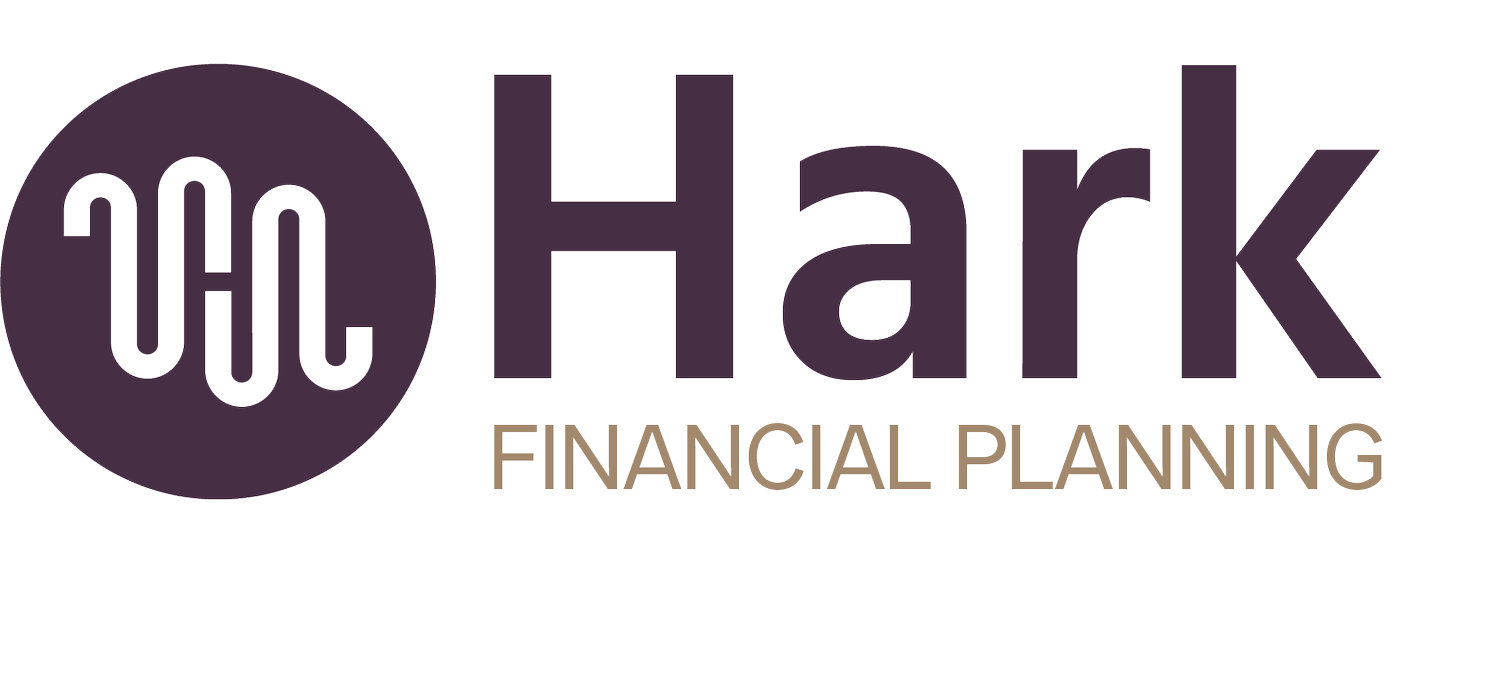Top 5 Things to Do for Year-End Tax Planning as a Self-Employed Professional
The end of the year isn’t just about wrapping presents—it’s also about wrapping up your finances in a way that sets you up for success. For self-employed professionals, year-end tax planning is a critical step to ensure you’re taking advantage of all available strategies to reduce your tax liability and prepare for the upcoming year.
Here are the top five things you should do before December 31 to maximize savings, minimize stress, and start the new year on strong financial footing.
1. Max Out Retirement Contributions
Contributing to a retirement account isn’t just good for your future—it’s great for your taxes today. Depending on the type of retirement account you use, contributions may be tax-deductible, reducing your taxable income. For self-employed individuals, options include:
SEP IRA: You can contribute up to 25% of your net earnings from self-employment, up to a maximum of $66,000 for 2023.
Solo 401(k): You can contribute up to $22,500 as an employee (or $30,000 if you’re 50 or older) and up to 25% of your net earnings as an employer, with a total limit of $66,000 ($73,500 if 50+).
Traditional IRA: For those with lower earnings, you can contribute up to $6,500 ($7,500 if 50+), subject to income phase-outs.
These contributions must be made by year-end—or, in some cases, by your tax filing deadline in April—so check your plan’s rules. If you don’t already have a retirement plan in place, now is the time to set one up.
2. Maximize HSA and FSA Benefits
If you have a Health Savings Account (HSA) or a Flexible Spending Account (FSA), the end of the year is your deadline to make the most of these powerful tools.
HSA Contributions: Contributions are tax-deductible, and funds grow tax-free. For 2023, you can contribute up to $3,850 for an individual or $7,750 for a family, plus an additional $1,000 if you’re 55 or older. Contributions must be made by December 31, so make sure you’ve hit your limit.
FSA Funds: Unlike HSAs, FSAs typically have a “use-it-or-lose-it” rule, meaning any unspent funds may be forfeited after December 31. If you have money left in your account, now’s the time to schedule medical appointments, purchase eligible items, or cover other qualified expenses.
Pro Tip: Check with your employer or plan administrator to see if your FSA has a grace period or carryover option for unused funds.
3. Consider Tax-Loss Harvesting
If you’ve had a challenging year in the markets, you might be able to turn losses into a win through tax-loss harvesting. This strategy allows you to sell investments at a loss to offset gains from other investments, reducing your overall taxable income.
Here’s how it works:
Use losses to offset capital gains from profitable sales.
If your losses exceed gains, you can use up to $3,000 of losses to offset ordinary income.
Any remaining losses can be carried forward to future tax years.
This strategy can be particularly helpful if you’ve had significant gains from investments or other income sources this year. Just be sure to avoid the “wash-sale rule,” which prohibits you from buying back the same or substantially identical security within 30 days of selling it.
4. Make Charitable Contributions
If you’re feeling generous this holiday season, charitable donations can also help reduce your tax bill. To claim a deduction, your contributions must go to a qualified 501(c)(3) organization, and you’ll need a receipt for any gift of $250 or more.
Here’s what to keep in mind:
Itemized Deduction Threshold: Charitable contributions are only deductible if you itemize your deductions. For 2023, the standard deduction is $13,850 for individuals and $27,700 for married couples filing jointly. If your total itemized deductions (including charitable gifts) exceed these amounts, you’ll benefit from itemizing.
Donating Appreciated Assets: Instead of donating cash, consider donating appreciated securities like stocks. You’ll avoid paying capital gains tax and can deduct the full market value of the asset.
Pro Tip: Make sure all donations are made by December 31 to count for this tax year.
5. Review and Adjust Estimated Tax Payments
As a self-employed professional, you’re responsible for paying estimated taxes throughout the year. The final estimated payment for 2023 is due on January 15, 2024, but now is the time to ensure you’re setting aside the right amount.
Double-Check Withholdings: Review your total income and deductions for the year to estimate your tax liability. If you’ve had higher-than-expected income, consider making an additional payment before year-end to avoid underpayment penalties.
Plan for the Future: Use this opportunity to adjust your quarterly tax payment system for next year, ensuring you’re setting aside the right percentage of your income.
Bonus Tip: Accelerate or Delay Income and Expenses
If you’re close to moving into a higher tax bracket or want to manage your taxable income strategically, consider adjusting the timing of your income and expenses:
Accelerate Expenses: If you expect to owe taxes this year, accelerate deductible expenses like equipment purchases, professional fees, or marketing costs into December.
Delay Income: If you’re billing for work, consider delaying invoices until January so the income falls into the next tax year.
This approach can help smooth out your tax liability and ensure you’re optimizing for your financial goals.
Wrap Up the Year on a Strong Note
Year-end tax planning might not be as exciting as holiday shopping, but it’s one of the most impactful things you can do to set yourself up for success. By maximizing retirement contributions, utilizing FSAs and HSAs, harvesting tax losses, making strategic charitable donations, and double-checking your estimated tax payments, you can reduce your tax liability and start the new year feeling financially confident.
As always, consult with a financial advisor or tax professional to ensure these strategies align with your unique situation. Here’s to a smart, stress-free end to the year—and a financially successful year ahead!

